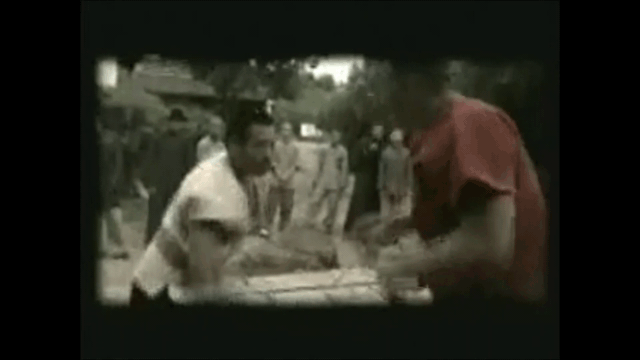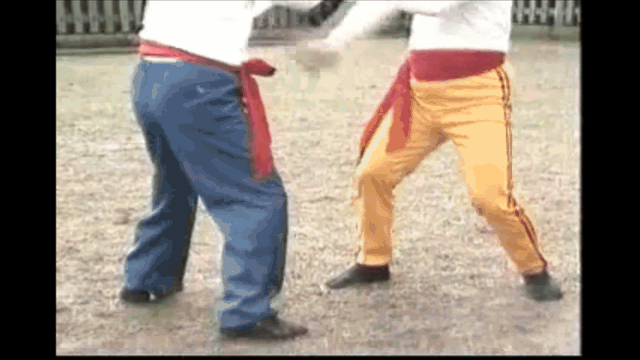I think its a bit more than bad chi sau.
武術 is pronounced in modern mandarin as Wu shu but when pronounced in the Cantonese dialect (as are all wing chun terms and wing chun itself) it's Mo Seot.
There appears to be a rising trend for some sources to claim that all martial arts were traditionally and historically called Wu shu, including the southern arts.
This is incredibly unlikely.
In China there are a total of 11 languages, 64 dialects, 64 subdialects.
Mandarin was historically common but not overwhelmingly so and other languages including Cantonese were widely used.
The national language (Guoyu) based on mandarin with a Beijing dialect (including the Wu shu prononciation) was only decided to be the standard in 1913.
Further it wasn't until 1932 that a dictionary based on the Beijing Mandarin pronunciation (a particular dialect of mandarin) came about for use in schools.
So calling martial arts "Wu shu" would not have even been taught as standard until 1932 because mondern Mandarin in its current format did not even exist before this date.
As for the Wu shu art itself, its widely accepted that it was not organised into its current format until 1949, as a standardised state approved group of northern martial arts.
Why does this matter?
The Chinese Communist party during the cultural Revolution of 1966 to 1976 "firmly discouraged" martial arts and the traditional student sifu relationship. Wu shu was not targeted and so the discouragement was effectively a stamp down on southern styles not affiliated with the Wu shu programme.
However, because of economic migrants and the unexpected rise of Bruce Lee as an international movie star, the southern arts not only survived but thrived outside of China.
This popularity also lead to many poorly skilled students of wing chun ,who had emigrated and lost their assets and principal sources of income to teach it outside
China. This also encouraged a specialising in chi sau to avoid any display of the glaring holes in a poor practitioners ability in actual application.
Despite its popularity the independently taught and governed southern arts do not conform to the CCPs firm ideals of social harmony. So what course of action does the CCP have to address this?
The most obvious, easiest router requiring the least efforts isa smear campaign, to establish the southern arts as the primitive and backwards cousin of the cutting edge Wu shu programme. Like an early rough draft of Wu shu if you will, as opposed to something which evolved separately. The first step... it's all the same because it all called Wu shu.
When you look at the current state of Chinese martial arts this makes a lot of sense.
For example, it beggars belief that a character like Xu Xiaodong can upset the social harmony by targeting southern art practitioners without any reprisal or imprisonment... Especially in a country where people were imprisoned for uploading phone footage of someone collapsing in the street from covid.
Xu Xiaodong is not some plucky rebel in the hills or a criminal mastermind, he is clearly operating openly from his gym with state approval and his opponents are always carefully picked southern arts practitioners.
Further it comes as no surprise that the most successful practitioners in competitions, who utilise southern Chinese styles come from outside China like Qi La La or even Alan Orr's students.
Another issue with the quality of wing chun is because the southern arts are taught in a such a secretive manner, where not all students were historically taught equally and even the favoured ones may not be taught thoroughly until many, many years have passed and their character is deemed of worth. The excellent documentary "needle through brick" clearly illustrates the issues and commonality of this approach.
In conclusion, I think the issue with wing chun is not bad chi sau but rather the three elements of:
1) poorly skilled students widely teaching the art for many years.
2) the CCP promoting state Wu shu at the expense of the independent southern styles including wing chun.
3) the secretive nature of many teachers of the southern arts resulting in the loss of more complete curriculums and interest from younger generations.





